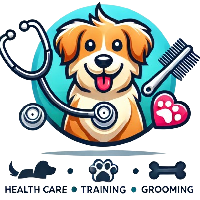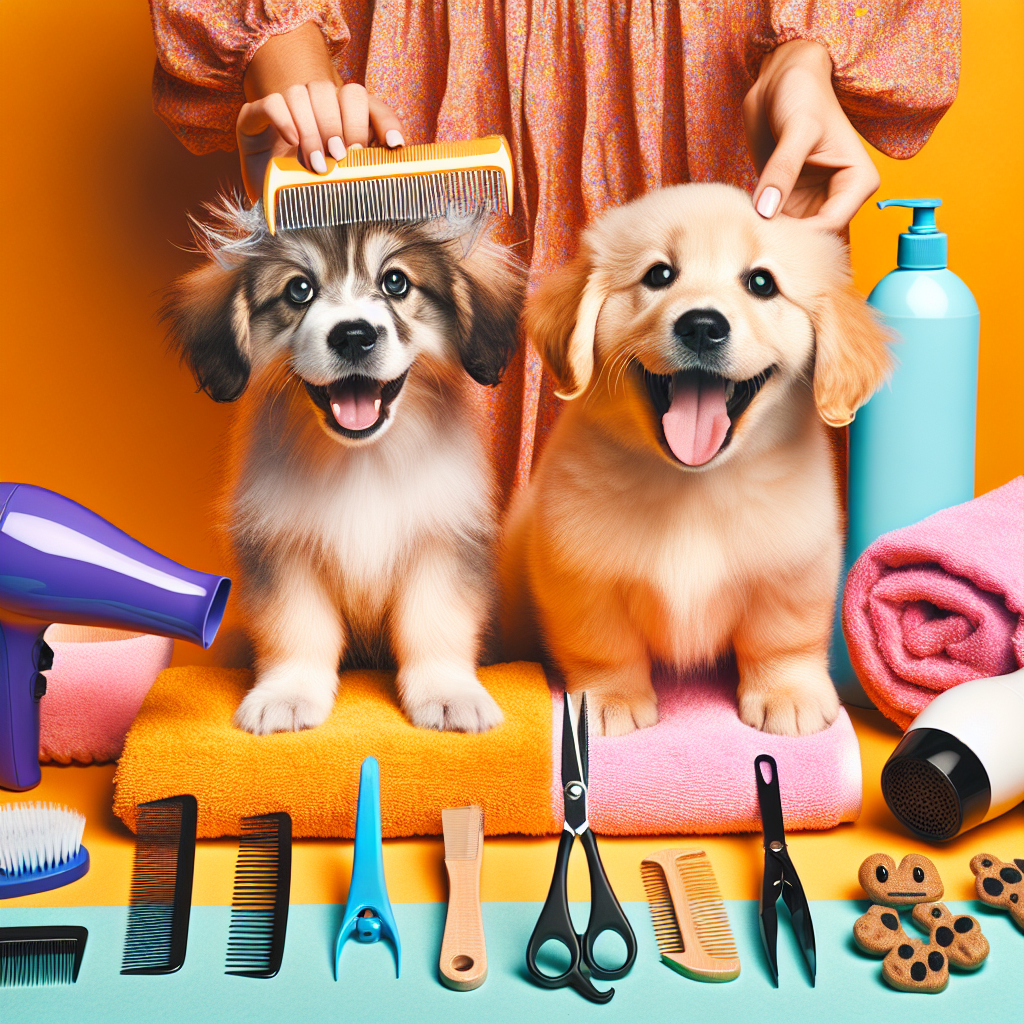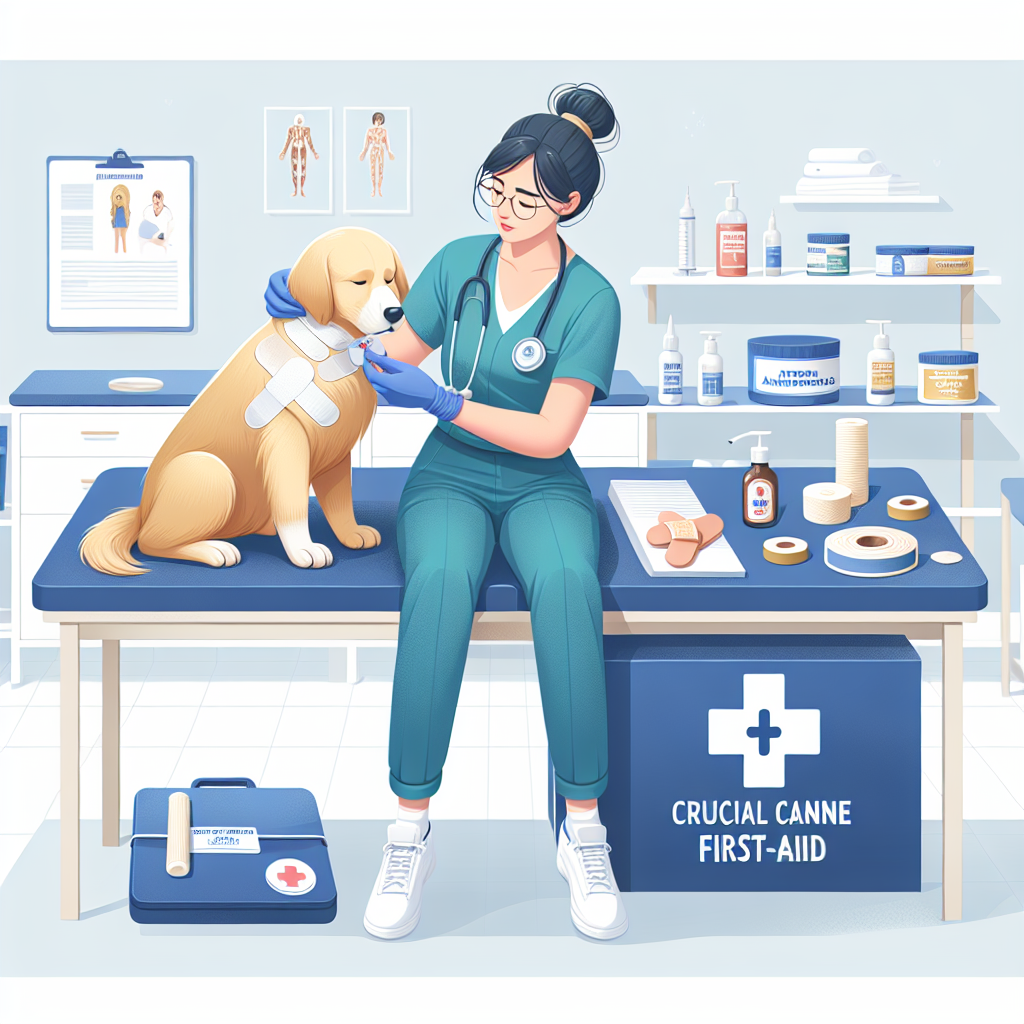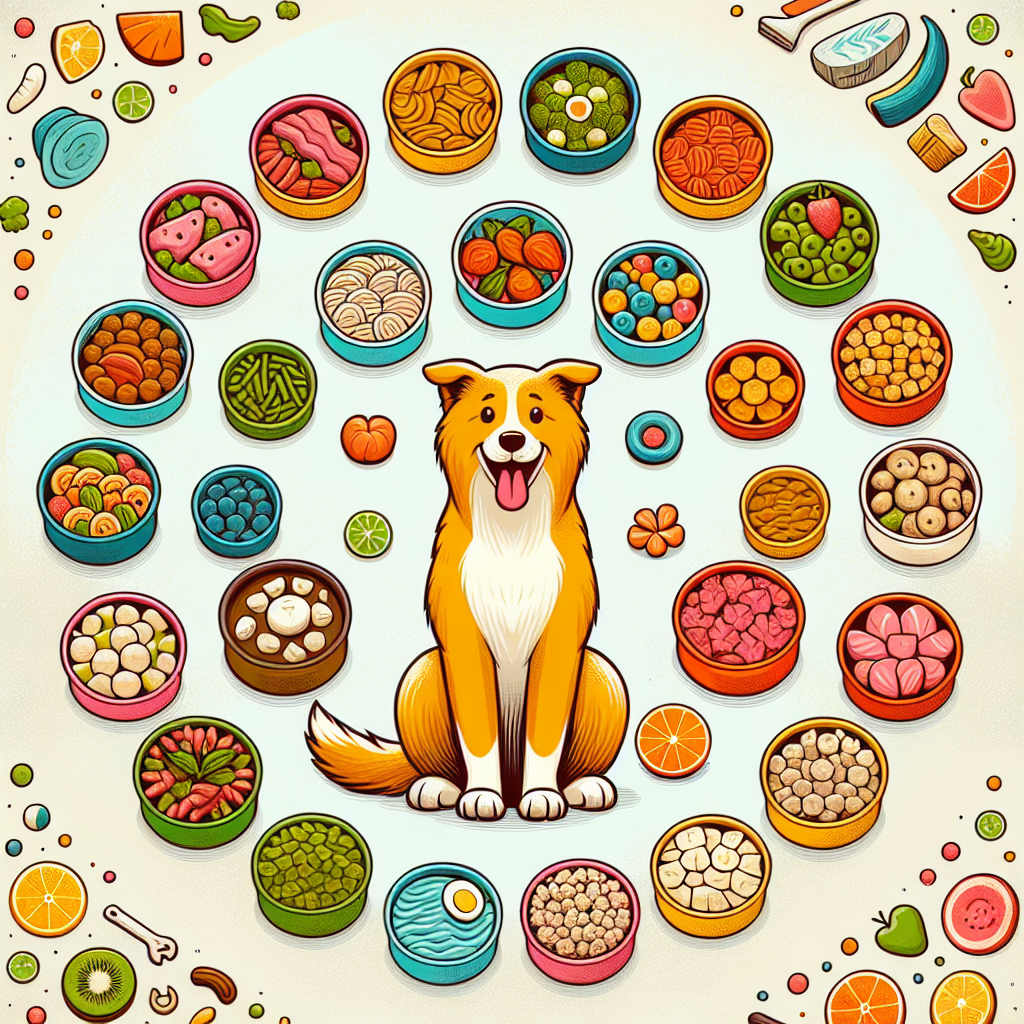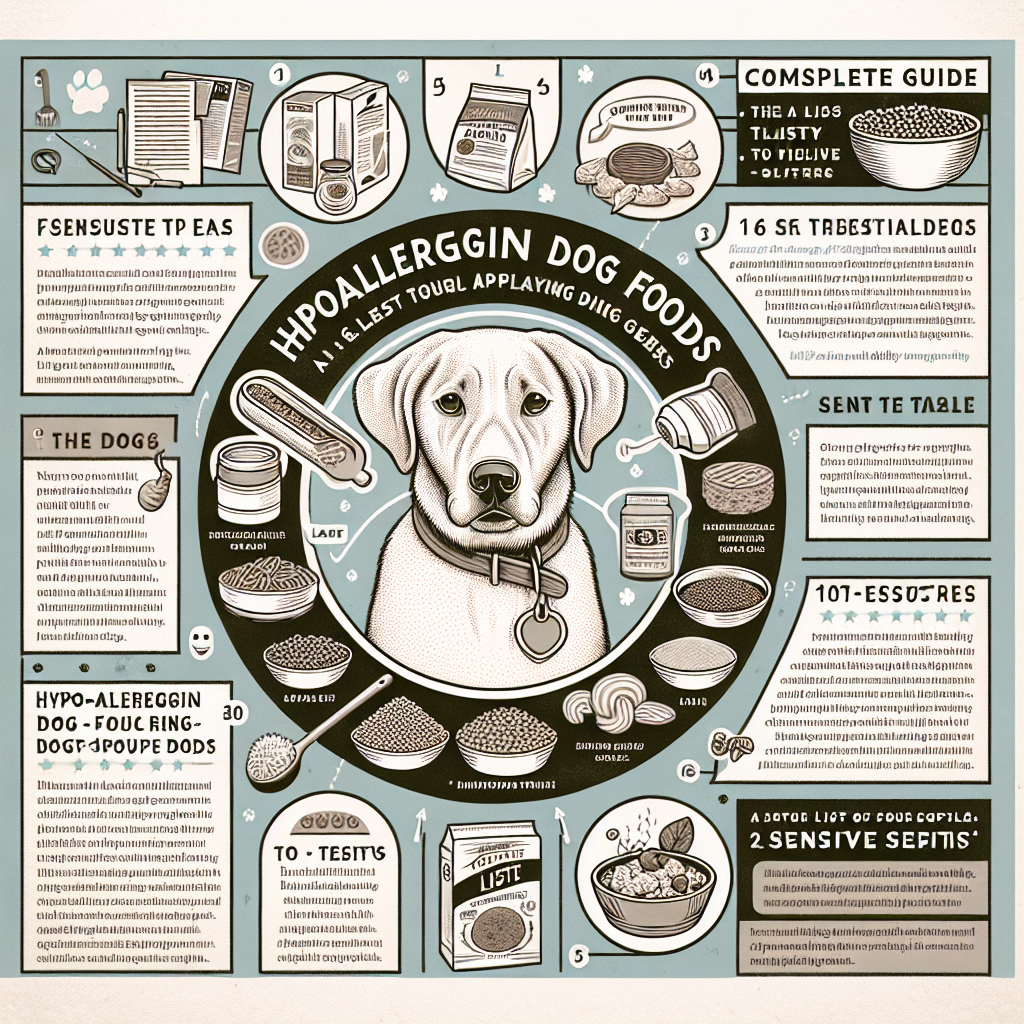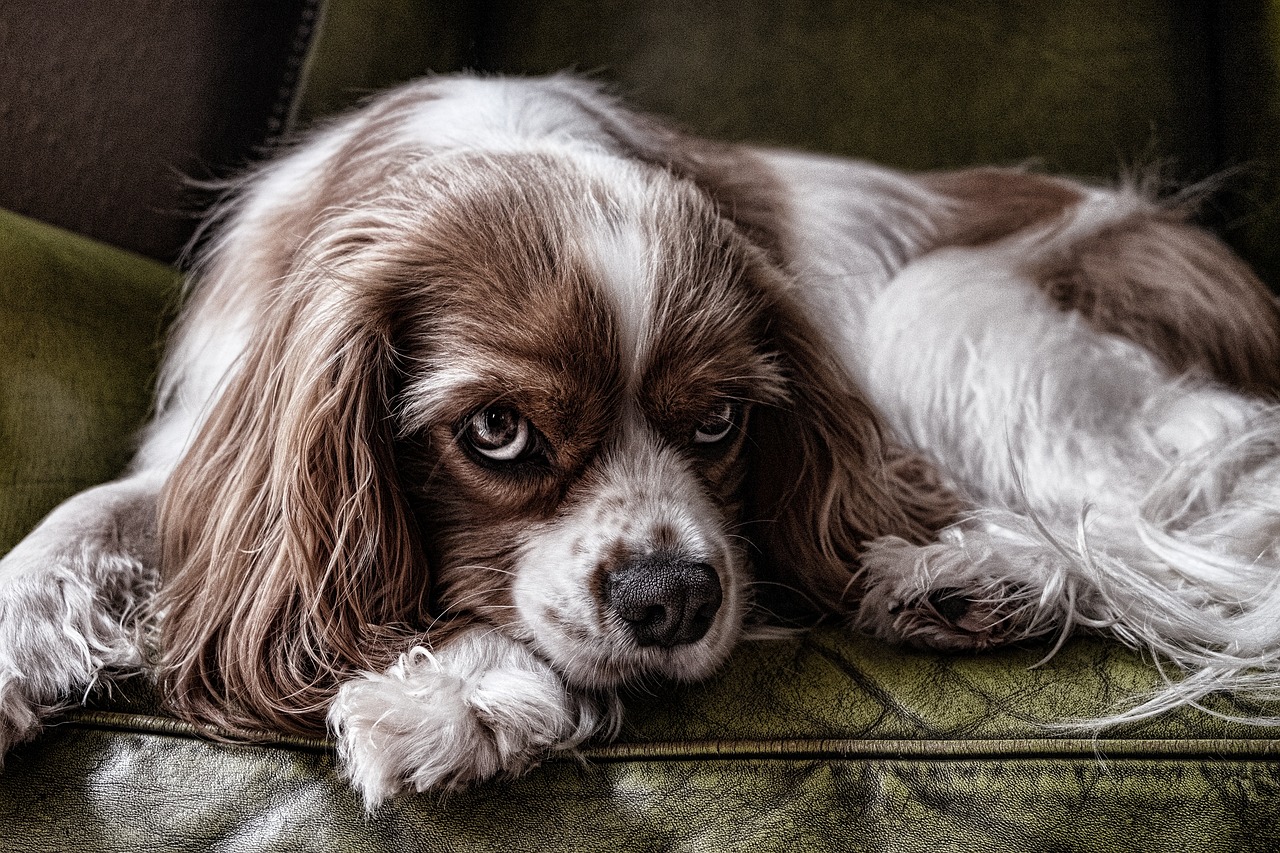
Introduction
Regular grooming is essential for maintaining your dog’s health and well-being. Brushing is one of the most important aspects of grooming, and understanding the correct techniques and tools can make a world of difference for your dog’s coat and overall comfort. This comprehensive guide aims to provide you with detailed insights into the why, how, and when of dog brushing to ensure your furry friend’s coat remains healthy, shiny, and free from tangles or mats.
Importance of Dog Brushing
Health Benefits
Brushing your dog’s coat has several critical health benefits:
- Promotes Circulation: Brushing helps stimulate the skin, promoting better blood circulation.
- Distributes Natural Oils: It aids in distributing the natural oils produced by the skin evenly across the coat, giving it a healthy sheen.
- Prevents Mats and Tangles: Regular brushing prevents mats and tangles, which can lead to discomfort and skin infections.
- Reduces Shedding: Brushing helps remove loose fur, reducing the amount of hair your dog sheds and keeping your home cleaner.
- Spot Health Issues Early: It allows you to spot any skin issues, bumps, wounds, or parasites early.
Psychological Benefits
Brushing doesn’t only benefit your dog’s physical health:
- Bonding Opportunity: Regular grooming sessions provide an excellent opportunity to bond with your dog, strengthening your relationship.
- Reduces Stress: Dogs often enjoy the sensation of brushing, which can be calming and reduce stress levels.
Understanding Different Coat Types
Different breeds have different coat types, which require specific brushing techniques and tools:
Short-Haired Dogs
Dogs with short hair, such as Boxers and Bulldogs, have coats that are close to the skin. They shed minimally and require less frequent brushing.
- Recommended Tools: Bristle brushes, rubber curry brushes.
Medium-Haired Dogs
Breeds like Border Collies and Golden Retrievers fall into this category. Their coats can be prone to tangles and dirt accumulation.
- Recommended Tools: Slicker brushes, combs, dematting tools.
Long-Haired Dogs
These dogs, including breeds like Shih Tzus and Afghan Hounds, have flowing coats that can easily mat and tangle.
- Recommended Tools: Pin brushes, slicker brushes, wide-tooth combs.
Double-Coated Dogs
Breeds such as Huskies and German Shepherds have double coats with a dense undercoat and a weather-resistant topcoat. They shed seasonally and require thorough grooming.
- Recommended Tools: Undercoat rakes, de-shedding tools, slicker brushes.
Essential Brushing Tools
Having the right tools can make brushing more effective and enjoyable for both you and your dog:
Brushes
- Slicker Brush: Ideal for removing tangles and mats from medium to long-haired dogs.
- Bristle Brush: Suitable for smooth, short-haired dogs; helps distribute natural oils.
- Pin Brush: Useful for long-haired breeds; helps detangle and gives the coat a finished look.
- Rubber Curry Brush: Great for short-haired dogs; massages the skin while removing loose fur.
Combs
- Wide-Tooth Comb: Used for initially detangling knots in long-haired dogs.
- Fine-Tooth Comb: Useful for catching flea eggs and fine tangles.
Specialized Tools
- Undercoat Rake: Designed for double-coated dogs; removes loose undercoat hair effectively.
- De-Shedding Tool: Helps reduce shedding by removing dead hair from the undercoat.
Techniques for Effective Brushing
Preparing Your Dog
- Calm Environment: Choose a quiet, comfortable place for grooming. This will help your dog feel at ease.
- Start Slowly: If your dog is new to brushing, start with short sessions and gradually increase the length.
- Inspect the Coat: Before starting, inspect your dog’s coat for any mats, tangles, or debris.
General Brushing Tips
- Be Gentle: Always use gentle, smooth strokes to avoid hurting your dog.
- Brush in Sections: Work systematically through your dog’s coat in sections to ensure you cover all areas.
- Check for Mats: Focus on areas prone to mats, such as behind the ears, under the legs, and around the collar.
- Brush the Tail and Legs: Don’t forget the tail, legs, and paws, as these areas can easily become tangled.
Techniques for Different Coat Types
Short-Haired Dogs
- Brush in Circular Motions: Use a rubber curry brush or bristle brush to brush in circular motions.
- Frequency: 1-2 times a week should suffice for most short-haired breeds.
Medium-Haired Dogs
- Slicker First: Use a slicker brush to remove tangles and loose hair.
- Comb for Finish: Follow up with a comb to ensure there are no hidden mats.
- Frequency: 2-3 times a week.
Long-Haired Dogs
- Section the Coat: Divide the coat into manageable sections.
- Start from the Bottom: Always start from the bottom and work your way up to avoid tightening any existing mats.
- Wide-Tooth Comb First: Start with a wide-tooth comb to tackle any knots.
- Finish with Brush: Use a pin or slicker brush for a smooth finish.
- Frequency: Daily brushing is often necessary.
Double-Coated Dogs
- Undercoat Rake First: Use an undercoat rake to remove loose undercoat hair.
- Slicker Brush for Top Coat: Follow up with a slicker brush for the topcoat.
- Seasonal Shedding: During heavy shedding seasons, daily brushing may be required.
- Frequency: 2-3 times a week, increasing during shedding seasons.
Maintaining a Healthy Coat
Bathing
Regular bathing complements brushing and helps keep your dog’s coat clean and healthy.
- Frequency: Generally, dogs need a bath every 4-6 weeks, but this can vary depending on the breed and lifestyle.
- Shampoos: Use dog-specific shampoos. Avoid human shampoos as they can be harsh on your dog’s skin.
Diet and Nutrition
A healthy diet contributes significantly to the condition of your dog’s coat.
- Omega-3 and Omega-6: These fatty acids are crucial for a glossy coat and healthy skin.
- High-Quality Protein: Ensures strong hair growth.
- Hydration: Ensure your dog drinks adequate water to keep the skin and coat hydrated.
Regular Health Check-Ups
Regular visits to the vet can catch any underlying health issues that might be affecting your dog’s coat.
- Parasite Control: Fleas, ticks, and mites can cause severe discomfort and coat damage if not controlled.
- Skin Conditions: Conditions like dermatitis or allergies should be treated promptly.
Brushing Puppies and Senior Dogs
Brushing Puppies
Introducing puppies to brushing early can make grooming a stress-free experience as they grow older:
- Gentle Introductions: Use gentle strokes and keep sessions short.
- Frequent Sessions: Brush frequently to get your puppy accustomed to the process.
- Positive Reinforcement: Use treats and praise to create positive associations with brushing.
Brushing Senior Dogs
Senior dogs may have specific needs and potential health issues that require gentle handling:
- Frequent Breaks: Older dogs may not tolerate long grooming sessions, so take frequent breaks.
- Comfortable Position: Ensure your dog is comfortable, possibly lying down during brushing.
- Monitor for Pain: Be gentle and watch for signs of discomfort or pain, especially if your dog has arthritis or other joint issues.
Overcoming Common Brushing Challenges
Dealing with Mats and Tangles
- Tackle Early: Address mats and tangles as soon as you notice them to prevent them from worsening.
- Use Detangling Sprays: Dog-specific detangling sprays can make the process easier and less painful.
- Cutting Mats: In severe cases, you may need to carefully cut out mats. Use blunt-tipped scissors and be cautious.
Handling Sensitive Areas
- Desensitization Training: Gradually get your dog used to having sensitive areas like ears, paws, and belly brushed.
- Distraction Methods: Use treats or toys to distract your dog during brushing sensitive areas.
Addressing Fear or Anxiety
- Gradual Introduction: Start brushing in short, positive sessions and gradually increase the duration.
- Professional Help: If your dog is particularly anxious or fearful, consider seeking the help of a professional dog groomer or behaviorist.
Grooming Safety Tips
Proper Tool Handling
- Choose the Right Tools: Ensure you’re using the appropriate tools for your dog’s coat type.
- Avoid Over-Brushing: Too much brushing, especially with sharp tools, can irritate your dog’s skin.
- Regular Inspection: Inspect tools regularly and replace any that are damaged or worn out.
Recognize Signs of Skin Issues
- Look for Redness, Bumps, or Flakes: Regularly inspect your dog’s skin during brushing for any signs of irritation or infection.
- Consult Your Vet: If you notice any concerning signs, consult your veterinarian promptly for advice and treatment.
Nail Trimming
Nail trimming is another critical aspect of grooming that often goes hand-in-hand with brushing.
- Use Proper Clippers: Use dog-specific nail clippers, and be cautious not to cut too close to the quick.
- Regular Trimming: Regular trimming prevents nails from becoming overly long and causing discomfort.
Conclusion
Brushing your dog is more than just a grooming task; it’s an essential part of their overall care that promotes health, comfort, and a strong bond between you and your pet. By understanding your dog’s unique coat requirements, using the right tools, and employing effective techniques, you can ensure that your dog’s coat remains healthy, shiny, and free from mats and tangles. Regular brushing, combined with proper bathing, a nutritious diet, and regular vet check-ups, will keep your furry friend looking and feeling their best. Happy grooming!
#ChatGPT assisted in the creation of this article.
